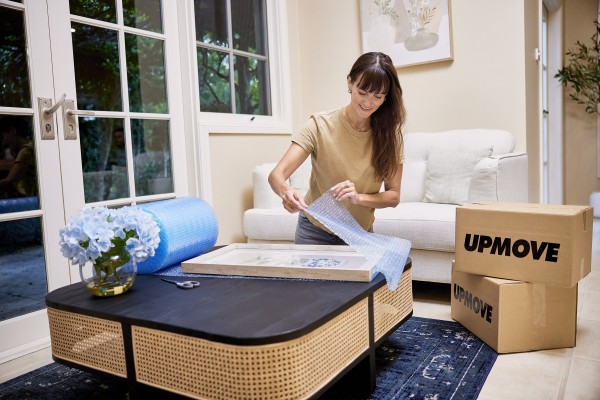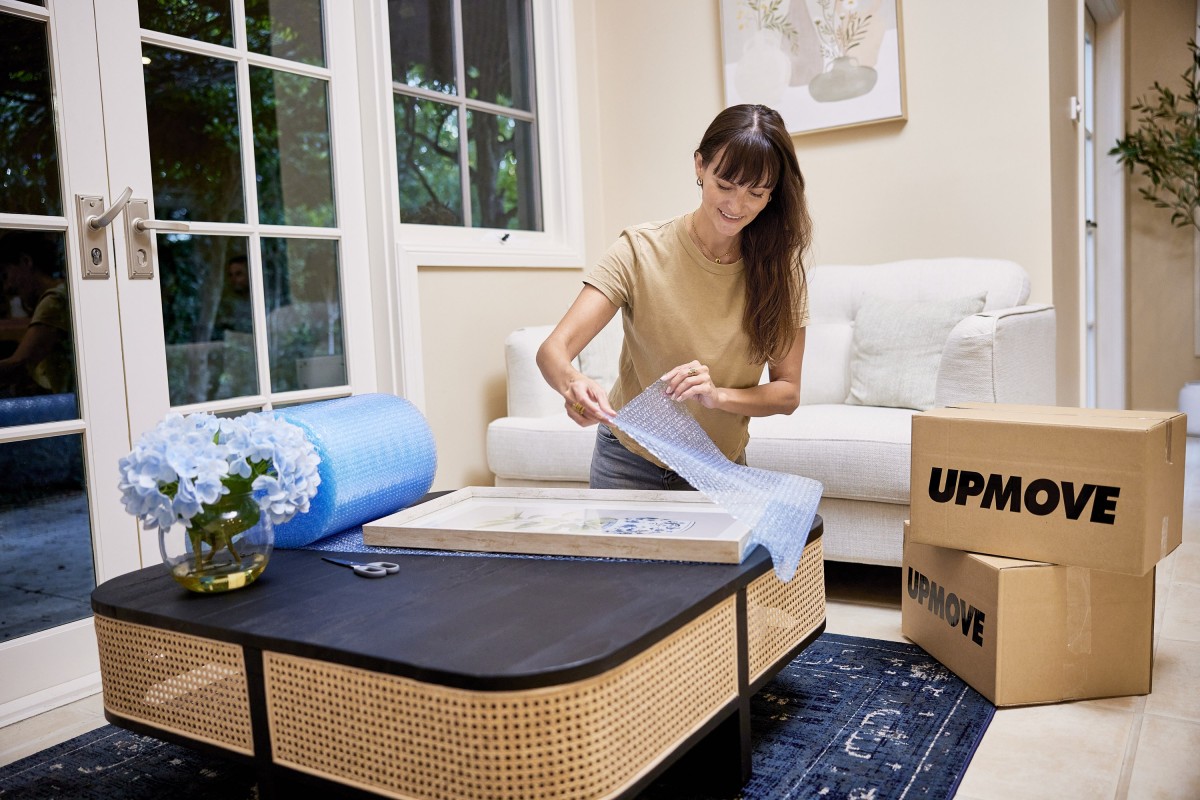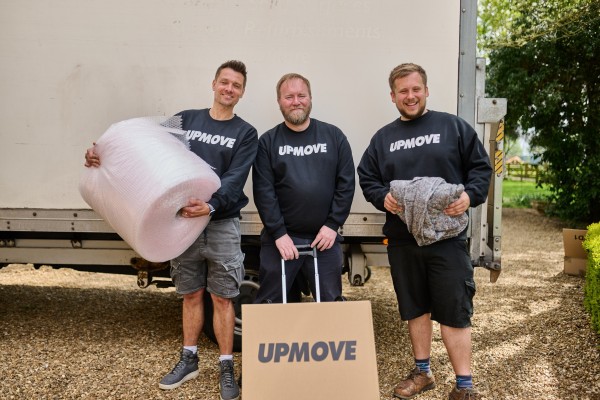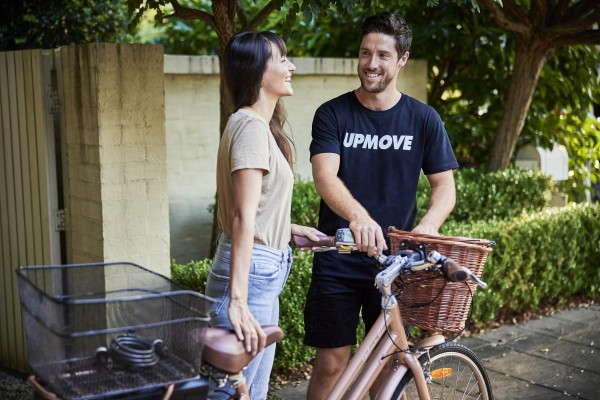How much deposit do I need for a home loan?

Buying a home in Australia can feel like a massive leap, especially when it comes to getting that first deposit together. But don’t worry, you’re not alone in trying to figure out how much you actually need to save up. Whether you’re eyeing a cosy apartment in Melbourne or a beachside bungalow in Queensland, the deposit you need depends on a few key factors—like your lender, the property price, and your personal situation.
Let’s break it down so you can figure out how much you’ll need to front up to make that Aussie dream a reality.
Why do you need a deposit?
In Australia, your deposit is a critical piece of the home loan process. It’s basically your stake in the property and shows the lender that you’re financially responsible and committed to the purchase.
The bigger the deposit you make the less risky you are to the bank - because it means you’re borrowing less money, and have more to lose if you can’t service your home loan.
Typically, lenders prefer borrowers to have a deposit of at least 20% of the home’s value. This reduces the chance of you falling into negative equity (where you owe more than the property’s worth) if property prices dip. If you’ve got less than 20%, you’ll likely have to pay for Lenders Mortgage Insurance (LMI), which protects the lender in case you can’t repay the loan.
So, having a solid deposit is a win for both you and the bank, helping to secure better loan terms and rates down the track.
What is the minimum deposit for a home loan in Australia?

As mentioned, 20% is usually the sweet spot when it comes to home loan deposits. In saying that - it’s not always the minimum required.
Depending on the type of home loan you have, your individual circumstances and other considerations like the The First Home Owner Grant (FHOG) banks may accept deposits as low as 5% for eligible first-home buyers.
While a bank may accept a 5% deposit - it’s important to bear in mind that this could also mean higher interest rates or a stricter criteria that you will need to meet.
In short, the minimum deposit will depend on the lender and the type of property you're buying, but be prepared to need at least 5% if you're hoping to secure a home loan with a smaller upfront cost.
Be prepared to need at least 5% if you're hoping to secure a home loan with a smaller upfront cost.
Can you use your First Home Owner Grant for your deposit?
The First Home Owner Grant (FHOG) is a government initiative designed to help first-time buyers get a foot on the property ladder, and it can certainly help with the overall costs of buying a home.
While it can be used towards your deposit in some states or territories, the timing of the First Home Owner Grant (FHOG) depends on factors like when and how you apply, and whether you're buying or building a home.
Since the grant is typically paid after settlement or completion of construction, it's best not to rely on it as part of your initial deposit.
So, it's a good idea to have your deposit sorted out before counting on the FHOG to help with the final costs.
What is the average home loan deposit in Australia?
Recent data shows that the average deposit for a home loan is typically around 20% of the property’s value. In major cities like Sydney and Melbourne, where property prices are higher, many buyers are often stretching themselves to hit the 20% mark, while others may opt for a smaller deposit and pay Lenders Mortgage Insurance (LMI).
The average first-home buyer in Australia has a deposit of $159,000.
In regional areas, the average deposit might be a little lower, especially as property prices tend to be more affordable. While 20% remains the benchmark for many, it’s important to keep in mind that some first-time buyers, thanks to various schemes, may only need a deposit of 5-10%.
How much deposit do you need with a guarantor?

If you’re struggling to save up a big enough deposit, getting a guarantor might be a way to help you secure a home loan with a smaller deposit—sometimes as low as 5%.
A guarantor is usually a close family member who agrees to use their own property as security for your loan. This reduces the lender’s risk, meaning you may be able to avoid paying Lenders Mortgage Insurance (LMI) and borrow more than you could on your own.
With a guarantor, the deposit you need can be significantly lower because the bank has the extra security of the guarantor’s property. In many cases, a deposit of 5-10% is sufficient, especially for first-time buyers.
However, the exact deposit required will depend on the lender and the loan amount, and not all lenders offer guarantor loans.
Keep in mind that the guarantor is taking on some serious risk, so it’s important to make sure you’re both clear on the terms before going ahead with this option.
How much deposit will I need to buy a house worth
To give you a clearer idea of how much you’ll need to save for your home loan deposit, here’s a breakdown of the deposit amounts for homes at different price points based on 5%, 10%, and 20% deposits.
5% deposit
| Property Value | 5% Deposit |
| $500,000 | $25,000 |
| $600,000 | $30,000 |
| $700,000 | $35,000 |
| $800,000 | $40,000 |
| $900,000 | $45,000 |
| $1,000,000 | $50,000 |
| $1,250,000 | $62,500 |
10% deposit
| Property Value | 10% Deposit |
| $500,000 | $50,000 |
| $600,000 | $60,000 |
| $700,000 | $70,000 |
| $800,000 | $80,000 |
| $900,000 | $90,000 |
| $1,000,000 | $100,000 |
| $1,250,000 | $125,000 |
20% deposit
| Property Value | 20% Deposit |
| $500,000 | $100,000 |
| $600,000 | $120,000 |
| $700,000 | $140,000 |
| $800,000 | $160,000 |
| $900,000 | $180,000 |
| $1,000,000 | $200,000 |
| $1,250,000 | $250,000 |
As you can see, the higher the property value, the larger the deposit you'll need to come up with. If you're aiming for a 20% deposit, you'll need to save up a substantial amount, especially for homes worth over $1 million.
Keep in mind that there are programs like the First Home Owner Grant (FHOG) and potential support from a guarantor that may help reduce the deposit amount required in some cases.
What about LMI (Lender’s Mortgage Insurance)?
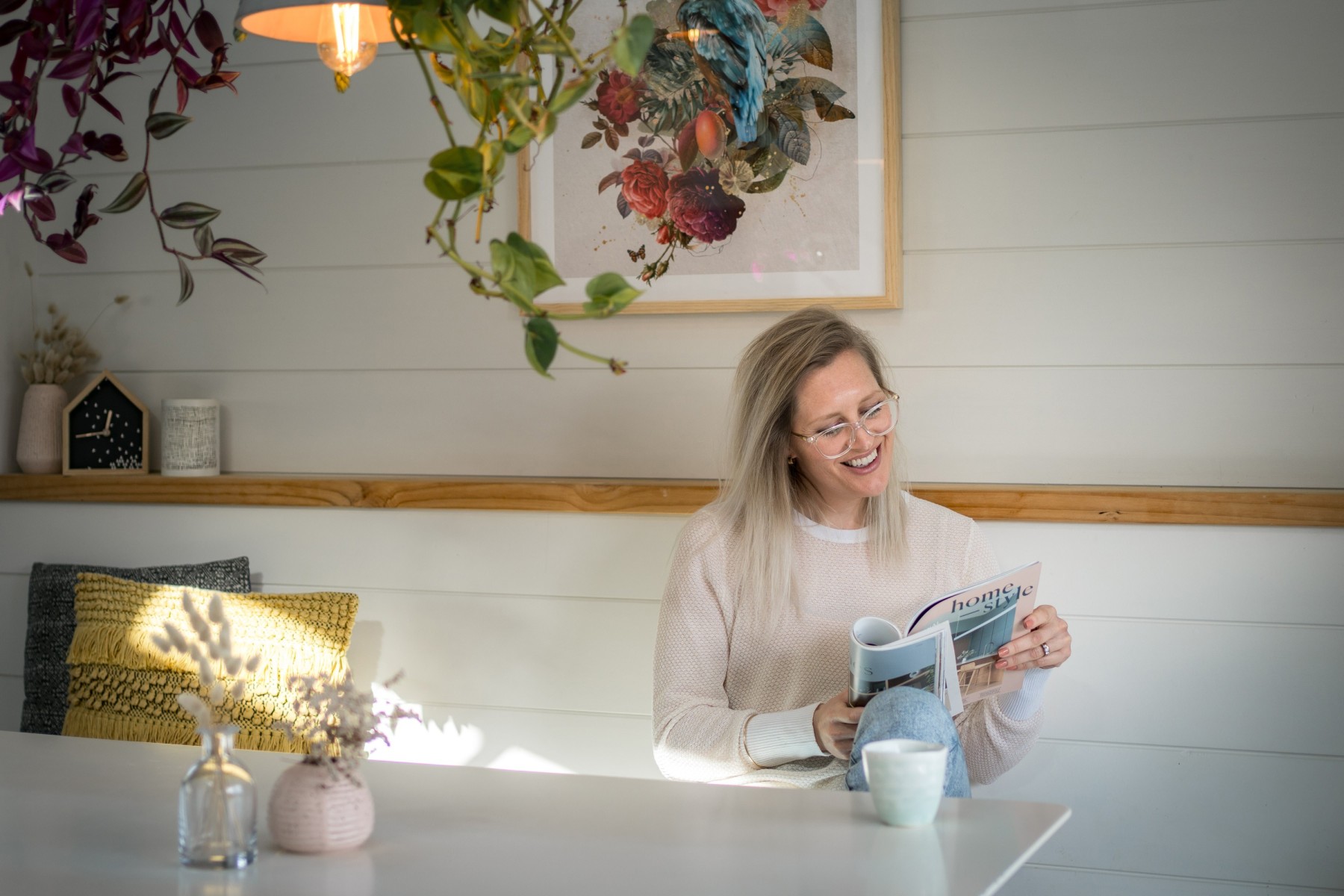
Lenders Mortgage Insurance (LMI) is a cost you might encounter if your deposit is less than 20% of the property value. It’s an insurance policy that protects the lender in case you default on your loan. While it doesn’t protect you as the borrower, it allows you to borrow more than 80% of the property’s value, which means you can buy a home with a smaller deposit.
The cost of LMI depends on how much you borrow and the size of your deposit. If you have a deposit of 10%, for example, your LMI premium could be in the thousands. The good news is that LMI is usually added to the loan amount, so you won’t need to pay it upfront, but it does increase the overall cost of your mortgage.
Some first-time buyers might see this as a necessary trade-off to get into the property market sooner, while others might choose to save for a larger deposit to avoid the extra cost.
It's worth comparing lenders, as LMI premiums can vary depending on the insurer and the terms of your loan.
Ready to move in?

Once you've secured your home loan, finalised your deposit, and are all set to move into your new home, the next step is making that big move. Upmove can help take the stress out of moving day by connecting you with affordable, reliable removalists located across Australia.
Whether you're moving locally or interstate, Upmove makes it easy to find trusted professional removalists to safely transport your belongings and get you settled into your new home without the hassle.
So, when you're ready to start the next chapter of your Aussie homeownership journey, Upmove is here to lend a hand, ensuring your move is smooth, easy, and cost-effective.
What do our customers say?



